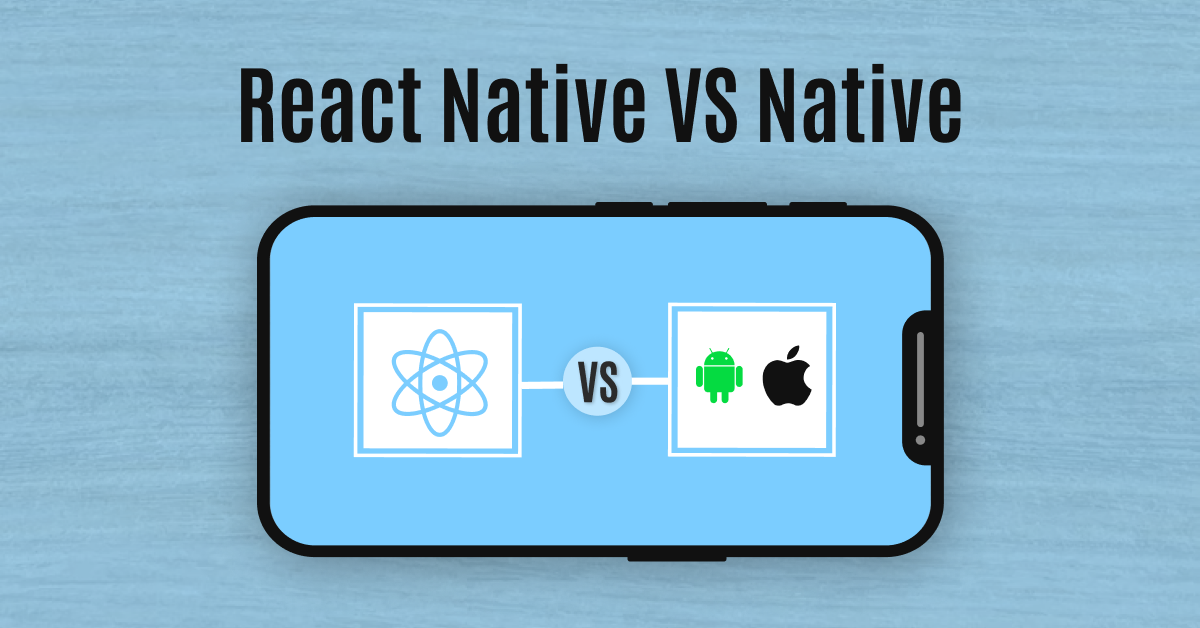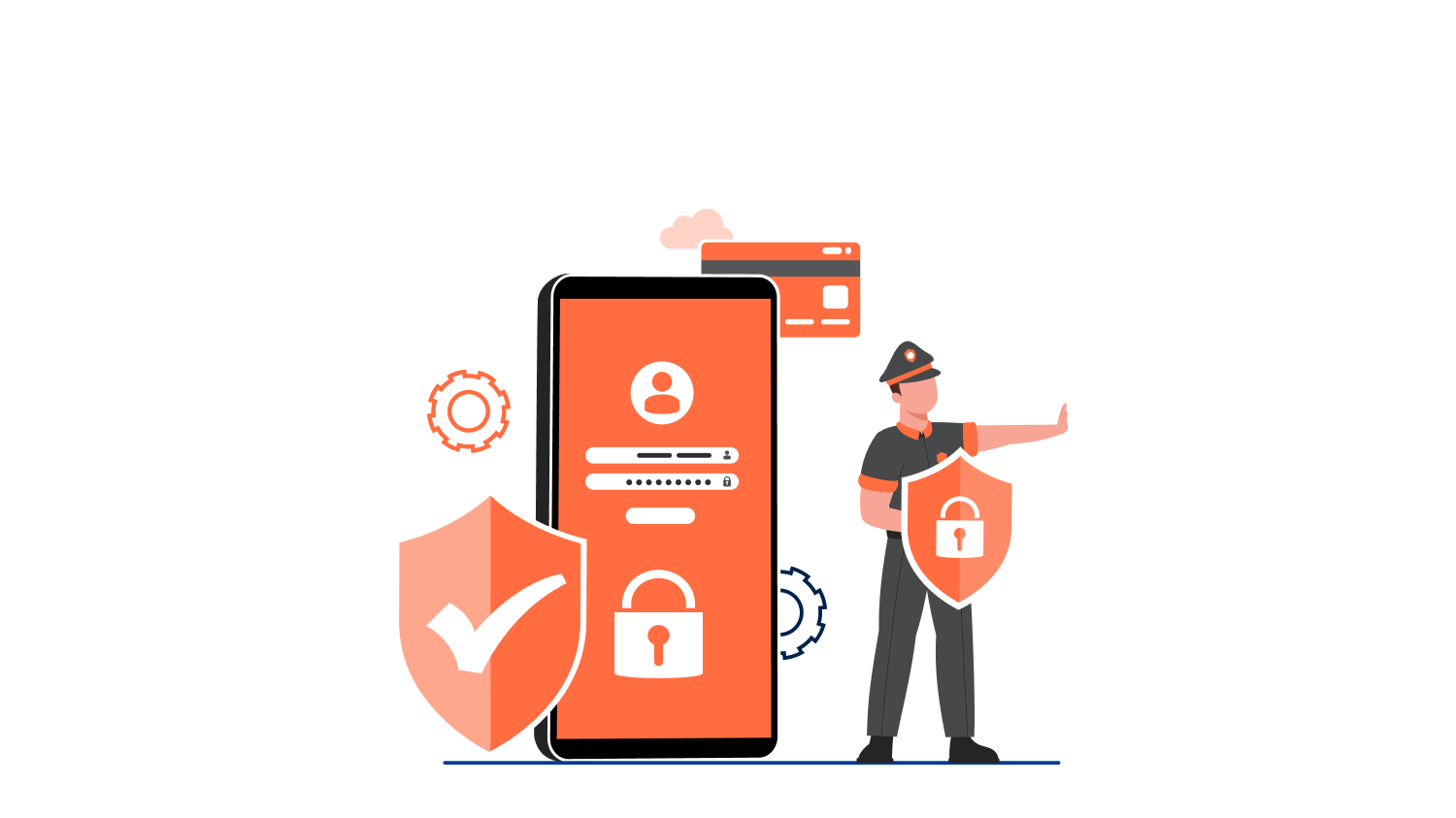The bustling tech landscape of New York is a melting pot of innovation and creativity, making it a hotspot for app development. If you’re on the hunt for the best app developer in the Big Apple, there are certain qualities you should prioritize. Here are the top five qualities that set exceptional app developers in New York apart from the rest:
1. Technical Expertise
In a city as competitive as New York, technical proficiency is non-negotiable. The best app developers are well-versed in multiple programming languages such as Swift, Kotlin, Java, and JavaScript. They stay updated with the latest frameworks and tools, including React Native, Flutter, and Node.js. Their ability to write clean, efficient, and scalable code ensures that your app performs seamlessly, regardless of the platform.
2. Creativity and Problem-Solving Skills
New York’s diverse industries demand apps that stand out in crowded marketplaces. A great app developer brings creativity to the table, crafting unique features and designs that resonate with target audiences. They excel at problem-solving, finding innovative solutions to technical challenges, and transforming your vision into a fully functional app.
3. User-Centric Approach
The user experience is at the heart of every successful app. Exceptional app developers in New York focus on creating intuitive interfaces and seamless navigation. They conduct thorough user research and usability testing to ensure your app meets the needs of its audience. By prioritizing user-centric design, they help boost engagement and retention rates.
4. Strong Communication Skills
Effective communication is critical when collaborating on app development projects. Top developers in New York excel in conveying complex technical concepts in simple terms. They keep you informed at every stage of the development process, ensuring your input is valued and integrated into the final product. Their ability to work collaboratively with designers, product managers, and other stakeholders is an added advantage.
5. Adaptability and Continuous Learning
The tech world evolves rapidly, and app developers must keep pace. Leading developers in New York embrace change and are committed to continuous learning. They are quick to adopt emerging technologies, such as AI, AR/VR, and blockchain, ensuring your app remains ahead of the curve. Their adaptability allows them to handle unexpected challenges with ease and deliver robust solutions.
Conclusion
New York’s app development scene is thriving, and finding the right developer can make or break your project. By focusing on these five key qualities—technical expertise, creativity, user-centric design, communication, and adaptability—you’ll be well on your way to partnering with a developer who can bring your app idea to life. Whether you’re building a fintech app or a lifestyle platform, choosing a developer with these traits ensures a seamless and successful development journey.




